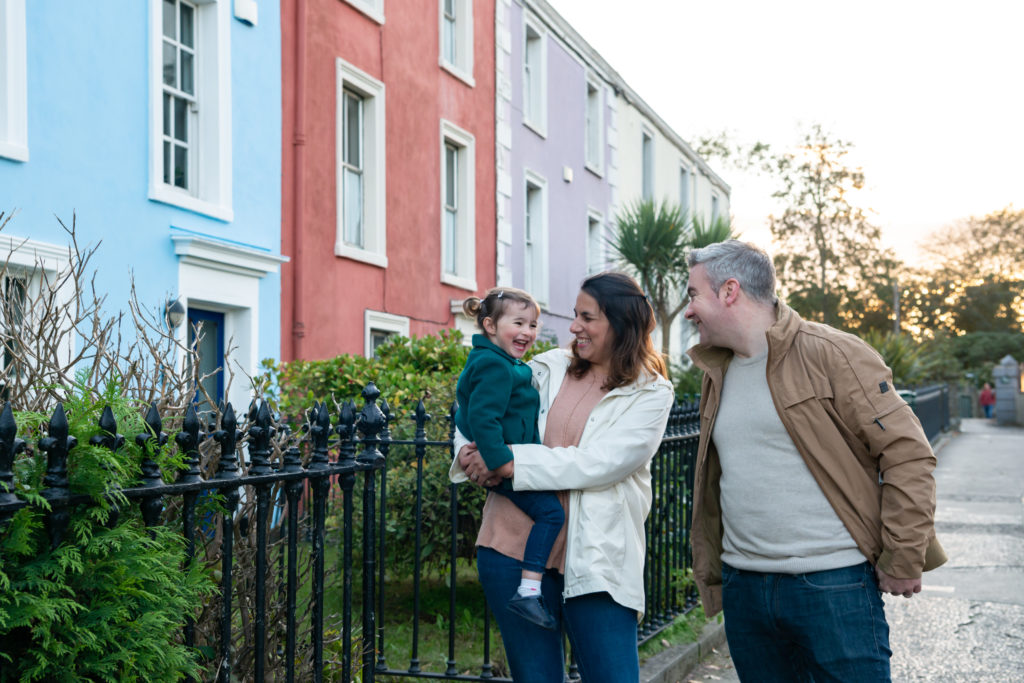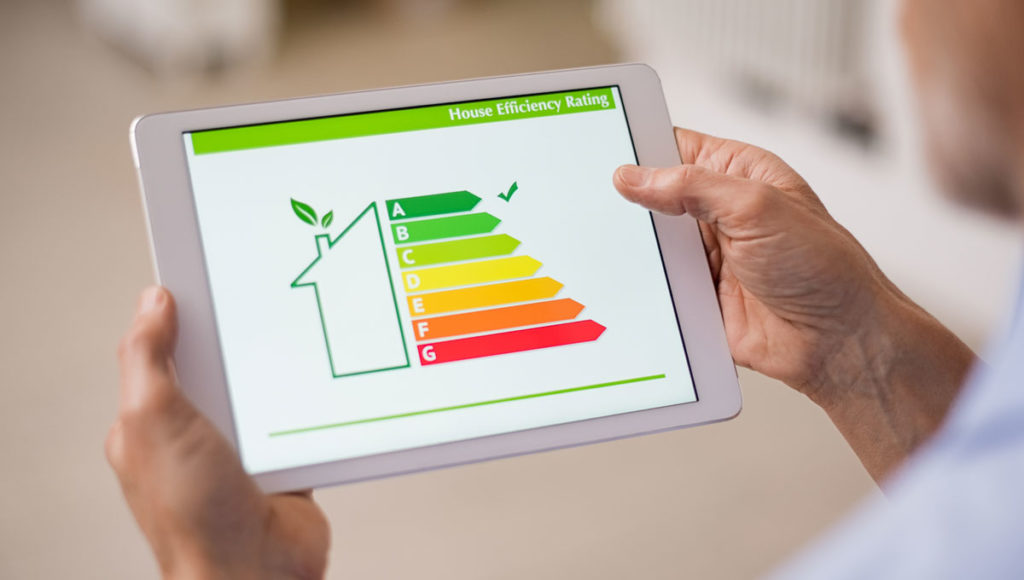SUMMARY
Grant / Support Name: Living Cities Initiative
Provider: Irish Government
Value: Varies from property to property
Overview: The Living City Initiative (LCI) is a tax incentive scheme designed to assist and encourage people to live in the historic inner-city areas of 6 key cities around Ireland. It allows you to claim tax relief for the money you spend on refurbishment or conversion of residential property either as income tax relief (for an owner-occupied residence) or capital allowance (for rented residences).
Eligibility: This scheme is open to anyone who owns a qualifying property – see details below.
Special Conditions:
- To qualify for the relief the property must have been built before 1915 (does not apply to commercial properties).
- The property can be a house, an apartment, a shop or any kind of structure and can include all or part of a property but must be located within the designated ‘Special Regeneration Area’ (SRA).
- Cost of the works undertaken are for a minimum of €5,000 (capped at €200,000 relief available for the commercial element).
- The works must be undertaken before 31st December 2027 and started after 5th May 2015 for owner-occupied residential relief and retail commercial relief or 1st January 2017 for rented residential relief.
- The works carried out meet must the qualifying expenditure criteria and comply with all development requirements such as planning regulations and building regulations.
- The property must be occupied immediately after works are completed.
Tax Implications: Tax Relief is provided through an increase in tax credits for owner occupiers and capital allowances for landlords.
All tax affairs must be in order before applying.
Pros
- Makes the purchase of properties in need of repair and / or refurbishment more affordable.
- Tax relief provided in the form of tax credits at a rate of for a period of xx years
- If you sell the property within the ten-year period, your Owner-Occupier Relief will not be clawed back
Cons:
- Only available for properties within special designated inner-city areas of only the 6 identified cities
- The minimum cost of works for qualification for the scheme is €5,000
- You can only apply for tax relief once the works have been completed
- You cannot claim relief on legal fees, other professional fees or Stamp Duty
ARTICLE
The Living City Initiative (LCI) is a tax incentive scheme established to assist and encourage people to live in the historic inner-city areas of 6 cities across Ireland, Cork, Dublin, Galway, Limerick, Kilkenny and Waterford. It offers tax relief on the money you spend on the refurbishment or conversion of a residential property either as income tax relief, in the form of increased tax credits, for an owner-occupied residence, or increased capital allowance for landlords of rented residences.
The LCI incentivises buyers to refurbish, convert, or upgrade existing accommodation or bring derelict or disused properties back into use.
There are three types of relief available under the Living City Initiative (LCI) - Owner-Occupier Residential Relief, Rented Residential (landlord) Relief and Commercial Relief.
For the purposes of this article, we will focus on the Owner Occupier relief. To qualify for this, your property must meet several criteria.
Firstly, it can be a house, apartment, shop, or any similar structure, encompassing either the entirety or a portion of the property. It must have been constructed before 1915 (excluding commercial properties) and be situated within a designated 'Special Regeneration Area' (SRA).
In terms of costs, the refurbishment or conversion works must amount to a minimum expenditure of €5,000. There's a cap of €200,000 available for relief related to commercial elements of the property.
The works must be completed by December 31, 2027, with construction beginning after May 5, 2015.. These works must also meet the qualifying expenditure criteria and comply with all relevant development regulations, including planning and building regulations.
Finally, upon completion of the works, the property should be ready for immediate occupancy. These criteria ensure that the property contributes effectively to the urban renewal objectives of the Living City Initiative.
Benefits
The most significant benefit is that it makes buying an urban property in need of repair and refurbishment more affordable while also having the potential to increase its value.
Refurbishing existing buildings is widely recognised as more environmentally sustainable than new construction as it reduces waste and lessens the demand for new building materials. So, if you're considering participating in this innovative scheme, you will also be contributing to more sustainable urban development practices.
What works does relief apply to?
For residential, owner occupiers, the initiative allows for a specific range of works that may need to be carried out on the property provided that the completed works comply with all statutory requirements, including planning, building, fire and health & safety regulations and standards.
These works include:
- Structural Repairs:
- Major structural repairs that restore the integrity of the property, including foundation repairs, roof repairs, and repairs to walls and floors.
- Refurbishment Works:
- Upgrading of internal and external elements such as windows, doors, and insulation to improve energy efficiency.
- Replacement or upgrading of electrical, plumbing, and heating systems.
- Installation of modern kitchens and bathrooms.
- Plastering, painting, and decorating.
- Improvements to comply with building regulations and health and safety standards.
- Conversion Works:
- Converting a non-residential property into a residential one.
- Converting a single dwelling into multiple residential units (e.g., apartments).
Before you begin your project, indeed before you purchase the property, it is essential that you determine if any portion of the site or structure is protected by legislation. If it is, you must identify the necessary notifications, permissions, and consents required before commencing any work.
Your building may also be within an architectural conservation area. In such cases, you should consult with the architectural conservation officer at your local authority before beginning any work. You should also make sure that, if required, you have the necessary planning permission as this will be critical when applying for tax relief.
It’s also important to know from a budget perspective and before you start, what costs you can claim relief on. Essentially, you can only claim for the direct costs of the refurbishment and / or conversion of your property. These include:
- building materials
- hire of equipment
- labour costs
- administrative overheads
- architects' and engineers' fees
- painting and decorating &
- local authority fees to provide certain infrastructure and services that directly relate to the property.
You can also claim the cost of the below items provided they are installed during the refurbishment and form part of the fabric of the building:
- bathroom suites
- fixed flooring
- tiling
- light fittings
- fireplaces
- fitted kitchens (excluding appliances).
You cannot claim relief on legal fees, other professional fees or Stamp Duty and you can only include the VAT that you have paid as part of the qualifying costs.
HOW TO APPLY
The application process begins before you begin the work on your property. To get the process going you must apply to your Local Authority for a Letter of Certification. In your application you’ll need to outline the work you are planning to carry out and how much is the anticipated cost.
Although the Local Authority will confirm your application and will provide you with a Unique Reference Number (URN) which you must include in all correspondence with them, the Letter of Certification will only be sent to you once the work to your property have been completed
At this point you can request your Letter of Certification, quoting your URN and confirmation of the cost of the works.
Once you receive your Letter of Certification, as an owner occupier, and have confirmed that you are using the property as your main residence, you can then apply for tax relief.
There are a number of special conditions you should be aware of as you complete your application:
- You must be using the property as your main residence before you can claim.
- If your first use of the property is not as your main residence, you cannot claim the relief.
- You can claim the relief over a period of ten consecutive years only. This ten-year period starts in the year you first use the property as your main residence after refurbishment or conversion.
- If you move, but do not sell the property within the ten year period, this can affect your claim. You can claim the relief for the year you moved provided it was your main residence during that year.
- You can claim relief for the year you moved back provided it is within the ten years and it is your main residence.
- If you die during the ten-year period, the relief does not pass to another person.
- The relief cannot form part of an inheritance.
- If you sell the property within the ten-year period, your Owner-Occupier Relief will not be clawed back.
- You cannot claim any more relief from the time that the property stops being your sole or main residence. However, you can claim the relief for the year you sold provided it was your main residence during that year.
- Only the first owner-occupier of a property can claim relief after it has been converted or refurbished. If you are the second, or further, owner of a qualifying property, you cannot claim any relief.
- If you plan to sell the property once the works are completed, you will have to give the new owner the Letter of Certification and it is they that apply for the tax relief.
Completing the forms
It is critical that you pay particular attention to the completion of the tax relief application form, in 2023, xx% of applications received were declined, not because the works did not qualify, but because the forms were incorrectly completed.
Overall, the Living Cities initiative is an innovative scheme, designed to stimulate urban regeneration, improve housing standards, and preserve architectural heritage across the 6 regional cities.
Although it does have very specific conditions, it will appeal to those who are looking for a more environmentally sustainable solution and an alternative to new construction, contributing to a reduction of waste and preservation of historic properties.
LINKS:
Special regeneration area map - Visit the Special Regeneration Area (SRA) Map
Revenue.ie's Living Cities Initative information: Living City Initiative (LCI) (revenue.ie)







